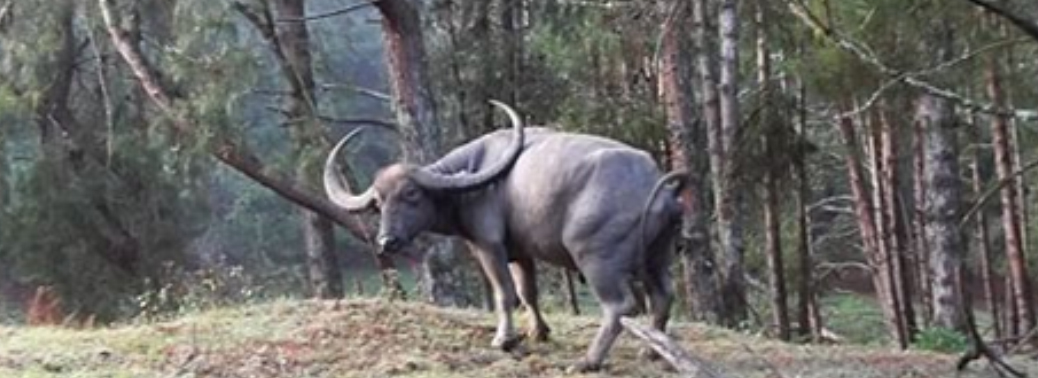TRANSLOCATION OF ASIATIC WILD BUFFALO
13, Aug 2019

Prelims level : Environment- Biodiversity
Mains level : GS-III- Conservation, environmental pollution and degradation, environmental impact assessment.
- Context: Five female wild buffaloes will be translocated from Assam to the Udanti Wildlife Sanctuary in Raipur district, to help revive the waning population of Chhattisgarh’s State animal and expand its territory across States.
Reason for Translocation:
- The survival hazard of inbreeding, continuing lineage and increasing male population have necessitated the translocation.
About Wild Buffalo:
- The Asiatic Wild Buffalo, scientifically known as the Bubalus arnee has been known to be found only in the Central Indian Forests.
- The good news is that, these mighty creatures have now found a new and a secure home in Gadchiroli district of Maharashtra.
- The Maharashtra Government declared the Kolamarka forest area as a conservation reserve for the Asiatic Wild Buffalo.
- Spread over 180 square kilometers, the Kolamarka reserve is just adjacent to the Indravati Tiger Reserve in Chhatisgarh.
- This is also the place where about 8-15 genetically pure wild buffaloes have been reported.
- The range of this wild buffalo was once spread from Mesopotamia to IndoChina.
- Wild Water Buffalo is believed to be extinct in Bangladesh, Peninsular Malaysia, and on the islands of Sumatra, Java, and Borneo.
- Asiatic buffalo has the widest horn span among all bovids found globally sometimes spanning more than two metres!
- A distinctive white ‘V’ marks the lower neck of the animal.
- There are presently just about 4000 individuals present in the world.
- India has the highest population of Asiatic water buffaloes, but it is declining very fast.
Conservation Status:
- It is listed under Schedule 1 of the Wild Life (Protection) Act, 1972,
- IUCN status- Threatened Species.
- The Water Buffalo has been listed as an endangered species by The International Union for Conservation of Nature (IUCN)
Significance:
- Wild Asian Buffalo are considered to be economically important animals as they are the original source of domestic buffalo.
Threats:
- Threatened by poaching
- loss of habitat,
- breeding with domestic buffaloes.
- As per the IUCN, the constant competition for food and water between the wild and the domestic buffalo make the situation worse for the survivial of these huge animals.
- This mammal is restricted to Assam, Arunachal Pradesh and Madhya Pradesh in India.
- The only way to preserve the surviving herd in Kolamarka is by declaring the area a sanctuary and not just a conservation reserve.
- Since most of the populations exist within the protected areas, the small group in Kolamarka reserve can be a hope for the future survival of this highly endangered ungulate.
Conservation Strategy for Asiatic Buffalo in Chhattisgarh:
- The present strategy proposed is conservation breeding, combined with interventions in habitat and close monitoring of the surviving populations in parts of Chhattisgarh and Maharashtra.
- The option of translocation of some individuals from Assam is being debated but concerns of desirability of genetic mixing of the populations are a matter of debate.
- The birth of one female calf in northern India is a positive development.






